Recently, I heard a poet speak of dissipating hope in a complex world: she offered gratitude as a balm to counter disillusionment.
I can be skeptical of gratitude as a general remedy to the harsh edges of life. But I’ll admit that seeing the rolling river today, one part frozen and another part inky black, pass beside the road as I drove between locations gave me hope. Its topographical meandering accompanied my thoughts — here and there— while I moved about the day.
I am grateful for the solid gray cloud cover that wraps our morning skies in moderate spring temperatures. Near the ground, fog conjures. On spring afternoons like today, I’ll spend time walking the kitchen garden as a restorative practice.
Preparing the garden for a busy growing season, even when the late-April winds howl and overnight temperatures hover near freezing, requires commitment, but often yields gratitude. Spring gives me something to dream about: pale yellow daffodils, candy pink hyacinth, and velvet purple crocus. I smell heavy, wet soil and swollen worms.
It also reminds me of my grandmother.
I never saw my grandmother plant her tulips in the fall or bury her prized rose bushes to protect them from a prairie winter. I never saw her amend the soil in the spring or pot up geraniums to adorn her front porch each May. I always benefited from the final draft of her gardens, the version that looked weed-free and lush with color.
I never witnessed these gardening chores because I lived so far away from her; our family sojourns occurred but once a year. In fact, I never once visited my grandparents, who lived six hours away, in the spring time or in the fall. As a passionate gardener now, I do wish I observed her use a garden spade or work the soil, saw how she cut back overgrown coral bells or selected plant varieties at the local nursery. I think watching her work her garden might have taught me much about how to tend my own.
But, I spent many a summer day in her company carefully walking the edge of the rock-lined garden beds listening to her share her delight at the different flowers thriving in her gardens. Amongst her prized possessions were hybrid tea roses and purple candy tuft. To this day, nothing smells as good as a fresh, home-grown rose blossom sitting in a well-placed bud vase. You can’t replicate the scent with synthetic chemicals.
I sure do wish I could have spent more garden time with my grandmother, to watch her organize her garden tools in the garage or listen to her talk through the benefits of planting peach geraniums over red ones. Sometimes it’s the underside of things that prove to be the most fascinating.
What would she have said about my springtime garden beds, replete with fragrant flowers designed to withstand cold weather? Would she advise me how best to protect tulips from hungry rabbits? Suggest a certain way to prune the grape vine and cherry tree? Stand beside me as we watch the unforgiving rain flood low-lying flower beds in the backyard?
Scilla siberica is an invasive springtime flower that can wreak havoc on natural habitats if allowed to spread. Its voracious need to take over growing areas makes it a particularly undesirable guest in gardens because it threatens to eradicate growing habitats for native plants and flowers. These flowers inhabit lawns and woodlands with a hunger to consume space occupied by native foliage. When they blossom each spring, I worry about the plants they’ll overrun.
I know all the warnings that come with scilla, yet…
I do find its playful blue color and demure stature so pretty in the spring time, when I crave colors to counter winter months of white. I realize this is a very tricky position to take as a conscientious gardener. It’s also the truth. I cut the tiny blossoms to convince myself I will eradicate a flower pest. But really, I’m just selfish. I want that color — a blue that belongs in Renaissance paintings and on Wedgewood plates — all to myself.
I love the color blue. I get that from my mother. She favors periwinkle and powder blue, but I covet darker versions: dusk, midnight, sapphire. Blue doesn’t appear often in the flower garden — maybe on an iris or a delphinium, which makes them nearly sacred.
If only we could easily avoid problematic things in life and yield to that which is good for us — our lives might just be smoother (duller?).
But of course, that’s not how it all works. Sometimes we miss our grandmother in April when it’s time to get the garden beds ready for growing. Sometimes we love invasive flowers so much, like scilla siberica, that we make spring bouquets with them, consequences and all.
Thanks for reading this month’s newsletter. I will see you back next month for a new essay.
-Betsy
Know someone who would love reading gardening essays? Please share the Roots & Vines newsletter with them!




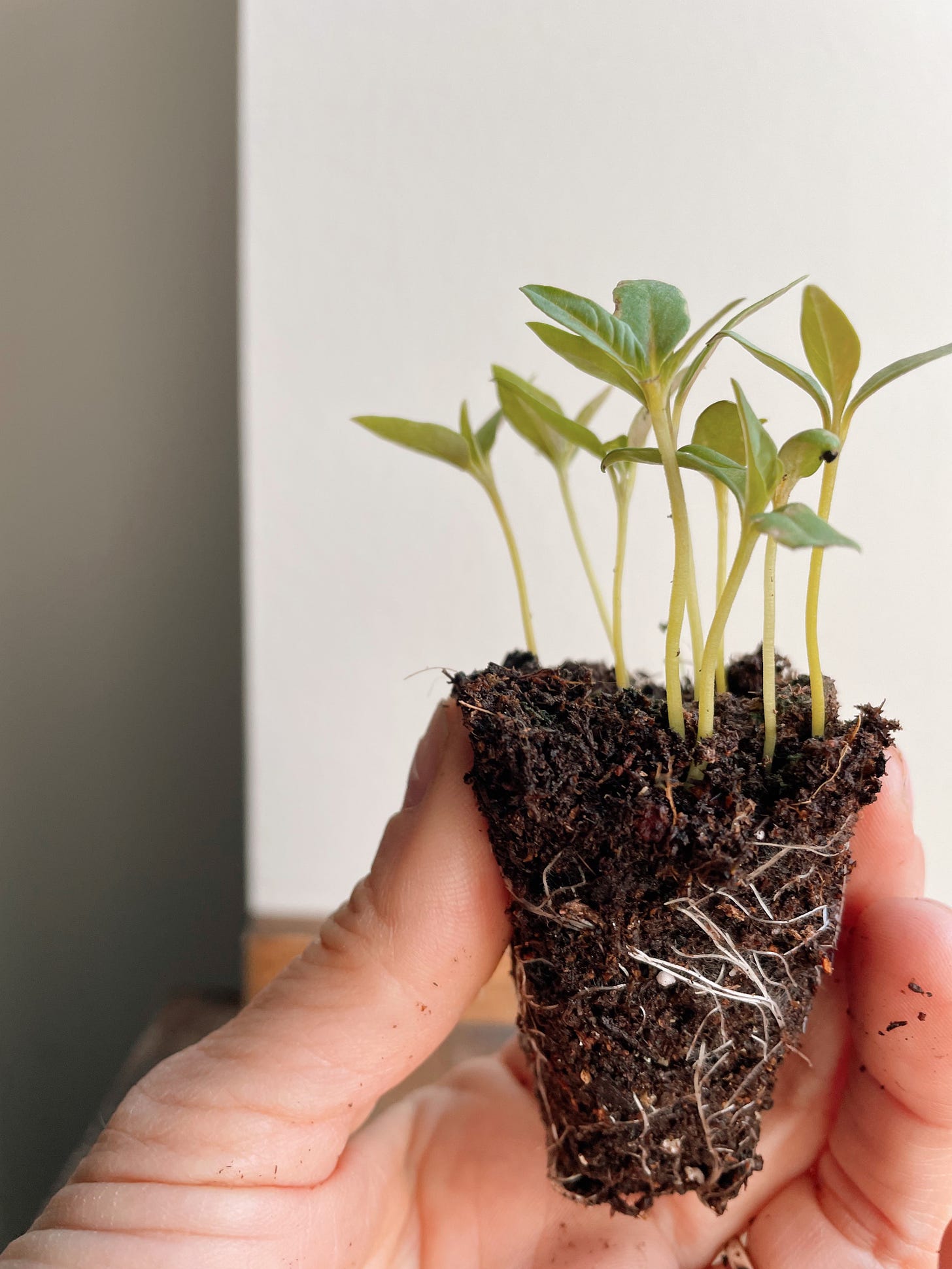
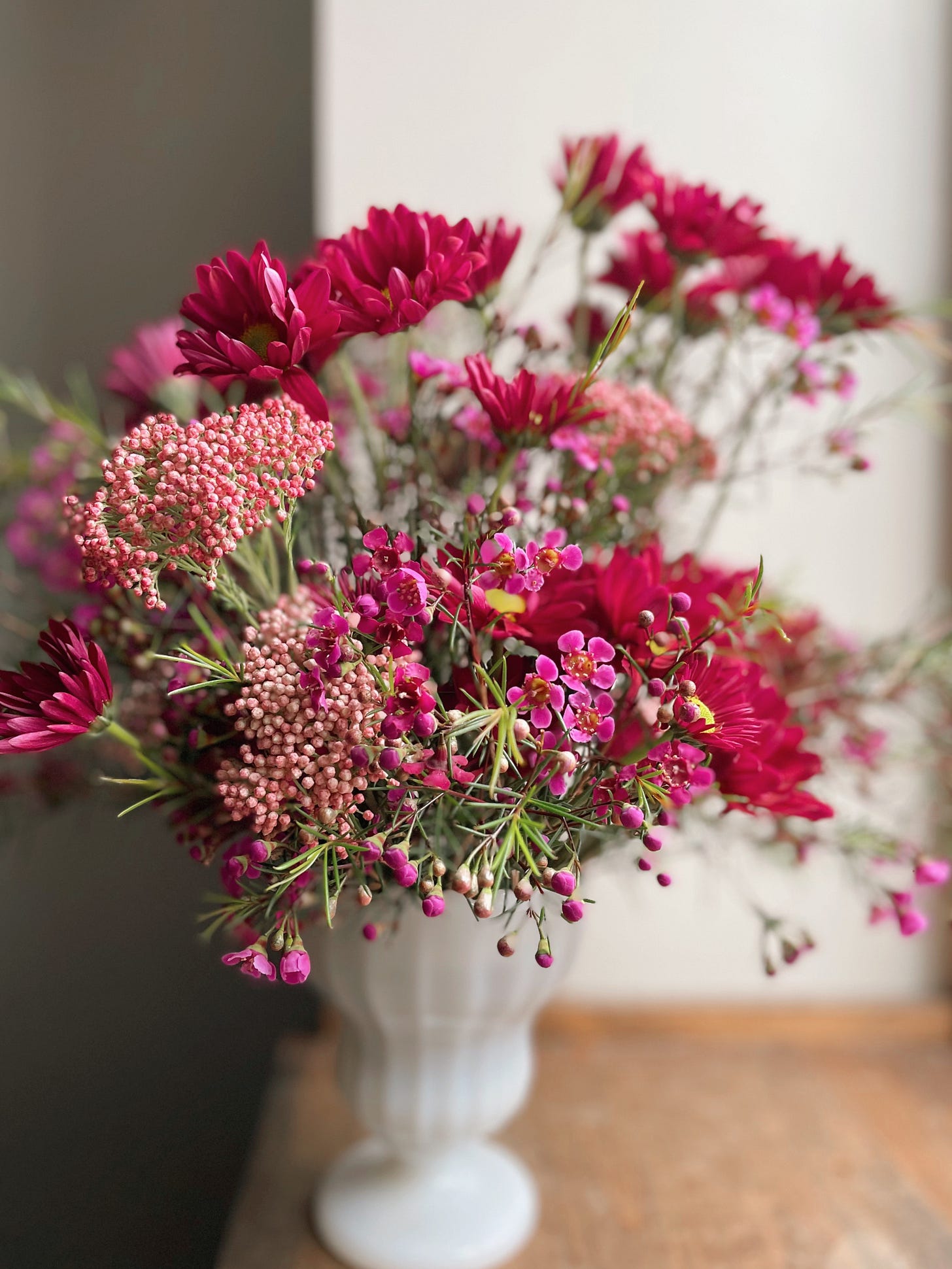
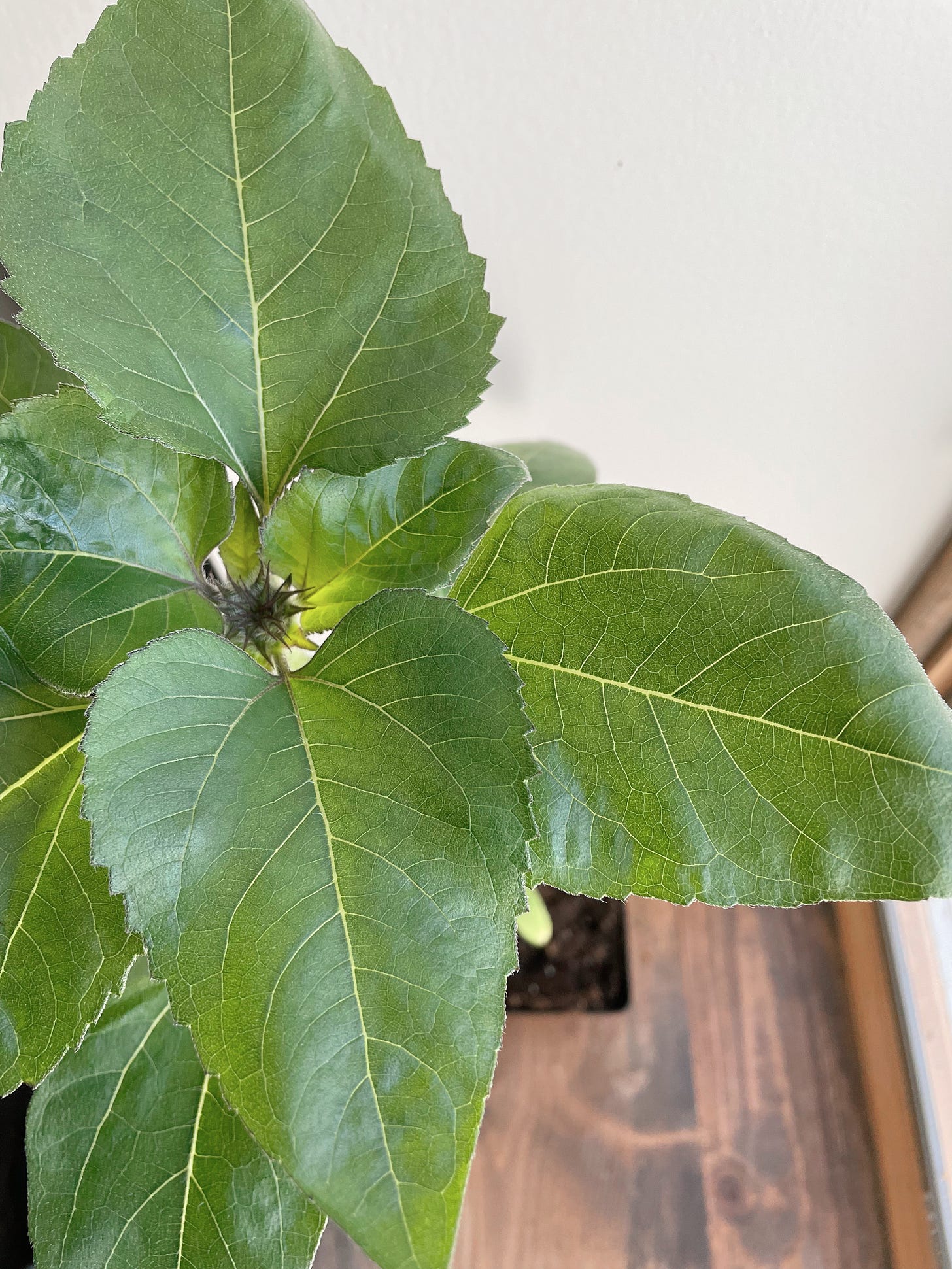
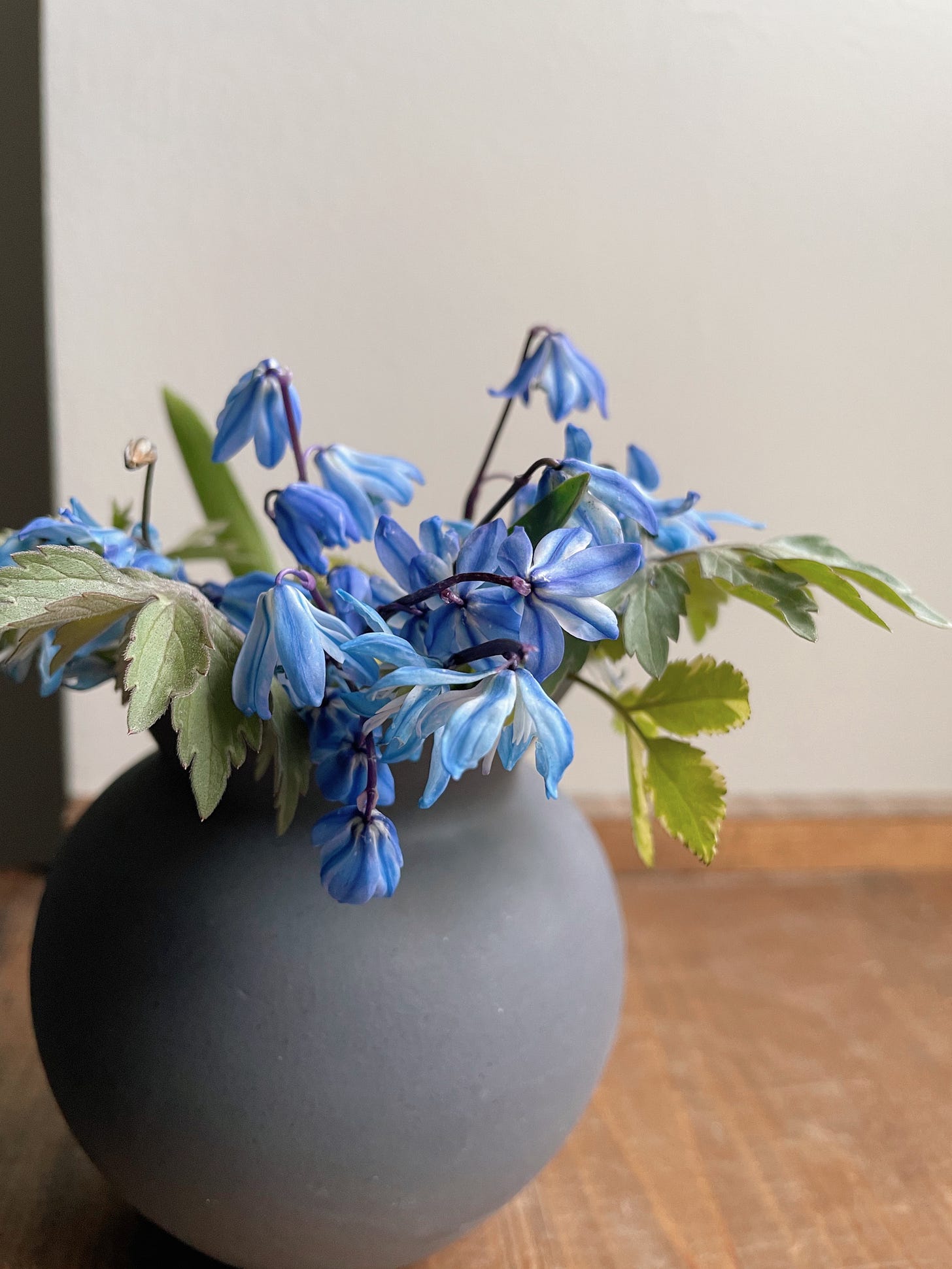
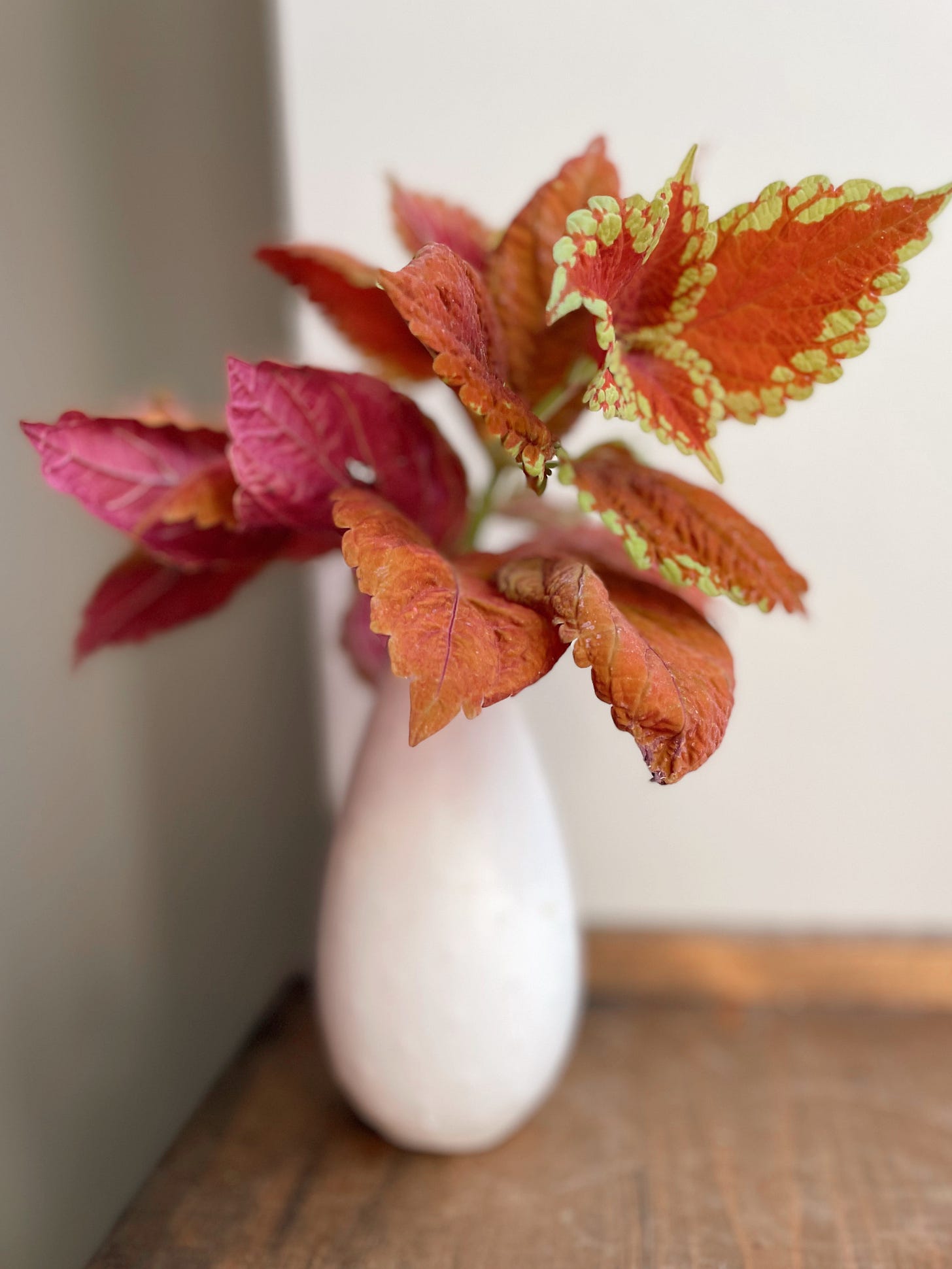
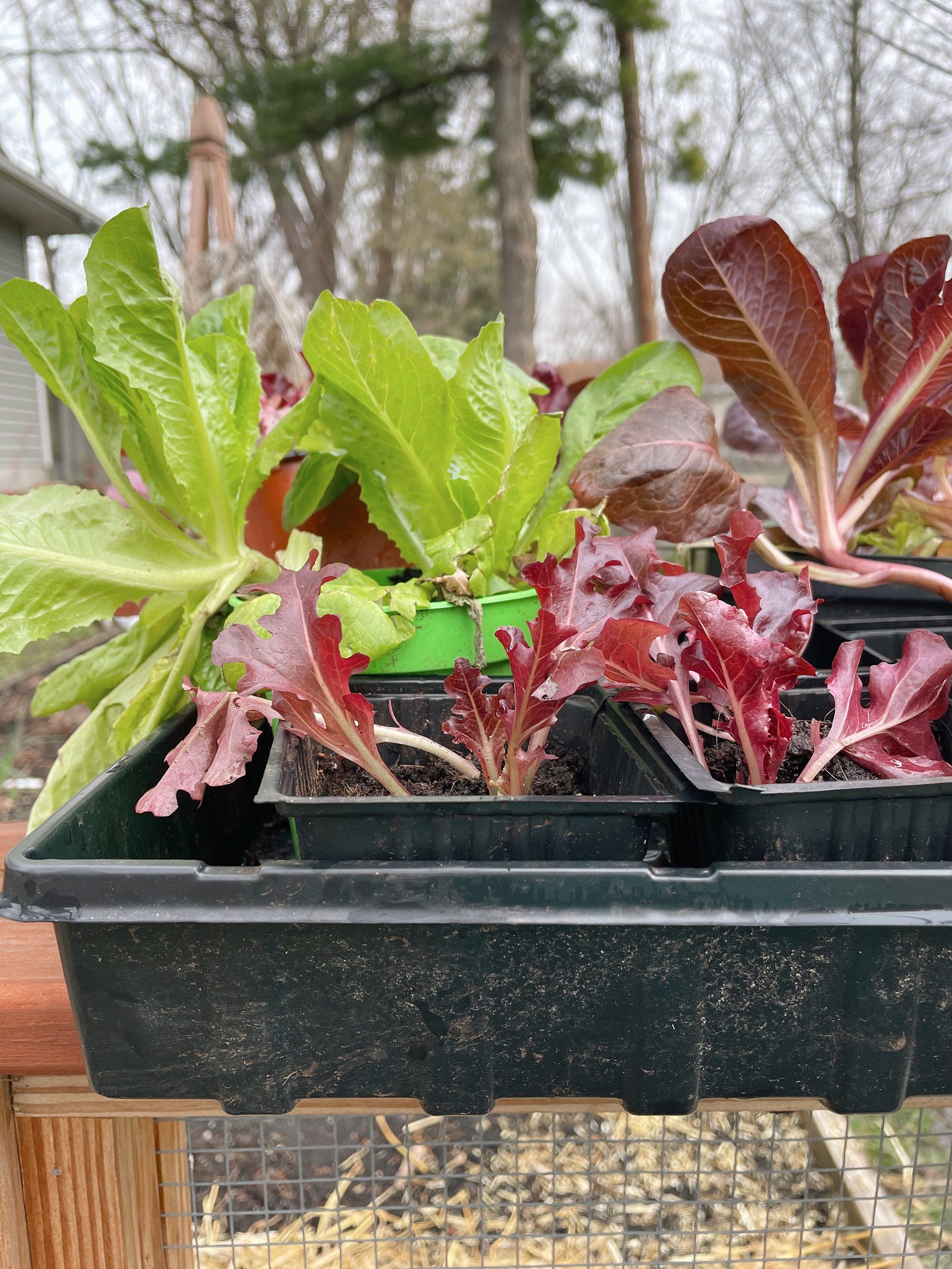

A wonderful essay to accompany your photos. I agree, the blue of delphinium approaches the sacred.
Beautiful photos and lovely essay! I too am a gratitute-as-universal-balm skeptic and a fan of deeper blues. I'm looking forward to your next month's essay with anticipation!